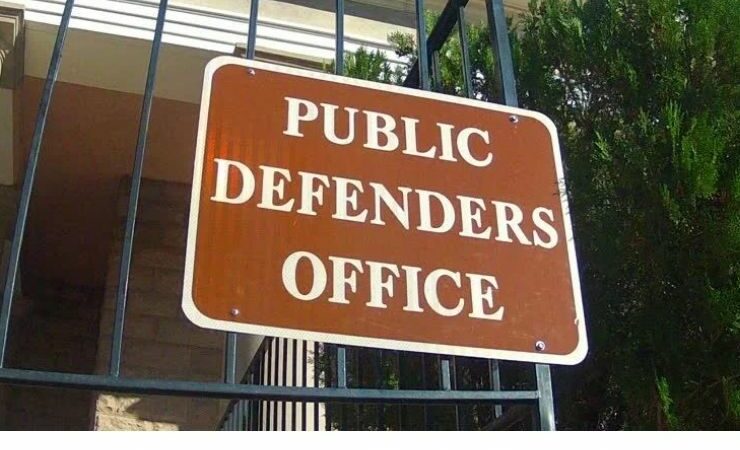How is Skip Waste Handled? All You Need to Know

Skip waste is the unwanted material that is left over after a construction project. Skip waste can include any materials such as concrete, bricks and rubble, metal, plastic and timber. If you are planning to have a new building constructed, then you need to ensure that your skip is properly handled. If you don’t dispose of the skip waste correctly, then it can cause pollution and be harmful to the environment.
What is Skip Waste?
A skip is a container that holds all your waste materials for disposal. It is used for collecting all of your waste materials in one place so that they can be easily collected by contractors or other people who may need them later on in their work. They are usually extensive sufficiently to control all types of rubbish, including broken furniture, rubble from demolition work or even household items that have been thrown out by tenants, such as old mattresses or clothes which have been worn out by children over time!
Why Do We Need A Skip For Waste?
There are multiple causes why you may require a skip hire Levenshulme for waste, but some of them include:
* Extensive commercial buildings such as office blocks or factories may need multiple skips at different locations around the building, which means they will collect more
Skip wastes are important because they allow you to dispose of your household waste at a local landfill. If you don’t need a skip, then you can simply collect your waste in a bin and put it in your garage. This is a good way to keep your home clean and tidy, but it can be time-consuming and tiresome. A skip is ideal for disposing of large quantities of waste at one time so that you don’t have to empty bins every few days or weeks.
Skip waste is also useful for dealing with bulky materials such as broken furniture. And other bulky items that cannot be easily transported or stored elsewhere. You may also need a skip for carrying out any construction work on your property. So that you can safely dispose of rubble without causing damage to your property or landscaping.
Different Types of Skips Hire
There are many different types of skips available, including traditional garbage. Which operate using an engine climbed on the facade of the automobile or containerized skips which use GPS tracking technology. So that they know exactly where they are located at all times. These types of skips can also be customized according to the type of waste being disposed of. And how many tonnes per day (TPD) they will be transporting each week/monthly. Skip Waste is waste that is disposed of by a garbage, which is a container that can be used to collect and dispose of waste. The volumes of skip are usually measured in cubic metres and are used to calculate the cost of disposing of garbage.
Skip Waste Handling
It is essential that you learn how to manage your skip waste safely and efficiently. It is also important that you know what happens to your skip waste after it has been collected and disposed of. Skip waste is waste that is not valuable enough to be landfilled. It can include anything from old newspapers and cardboard to broken glass, scrap metals and clothing. The most common garbage in an industrial estate is for general waste, which includes all the materials that are not recyclable or fit for reuse. Most industrial estates have a garbage collection service, or a local council will provide one. This can help you avoid having to use your own waste management company. However, if you are unable to find a collection service near you. Then it may be possible for you to dispose of your waste yourself.
Sorting at a Waste Transfer Station
Because different forms of garbage may be disposed of in different ways. It is all carried to a waste transfer station and separated into categories. The sorting procedure of a transfer centre will differ based on its funding, facilities, and ethics. The fundamental operation, however, includes cars collecting garbage debris and transporting it to a waste transfer centre. Where it is tossed into a bigger pile. This pile must then be separated into multiple waste streams, which is accomplished in a number of methods. First and first, bigger things must be removed for separate disposal.





